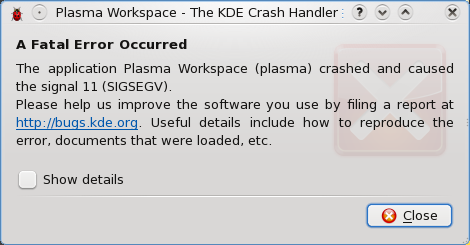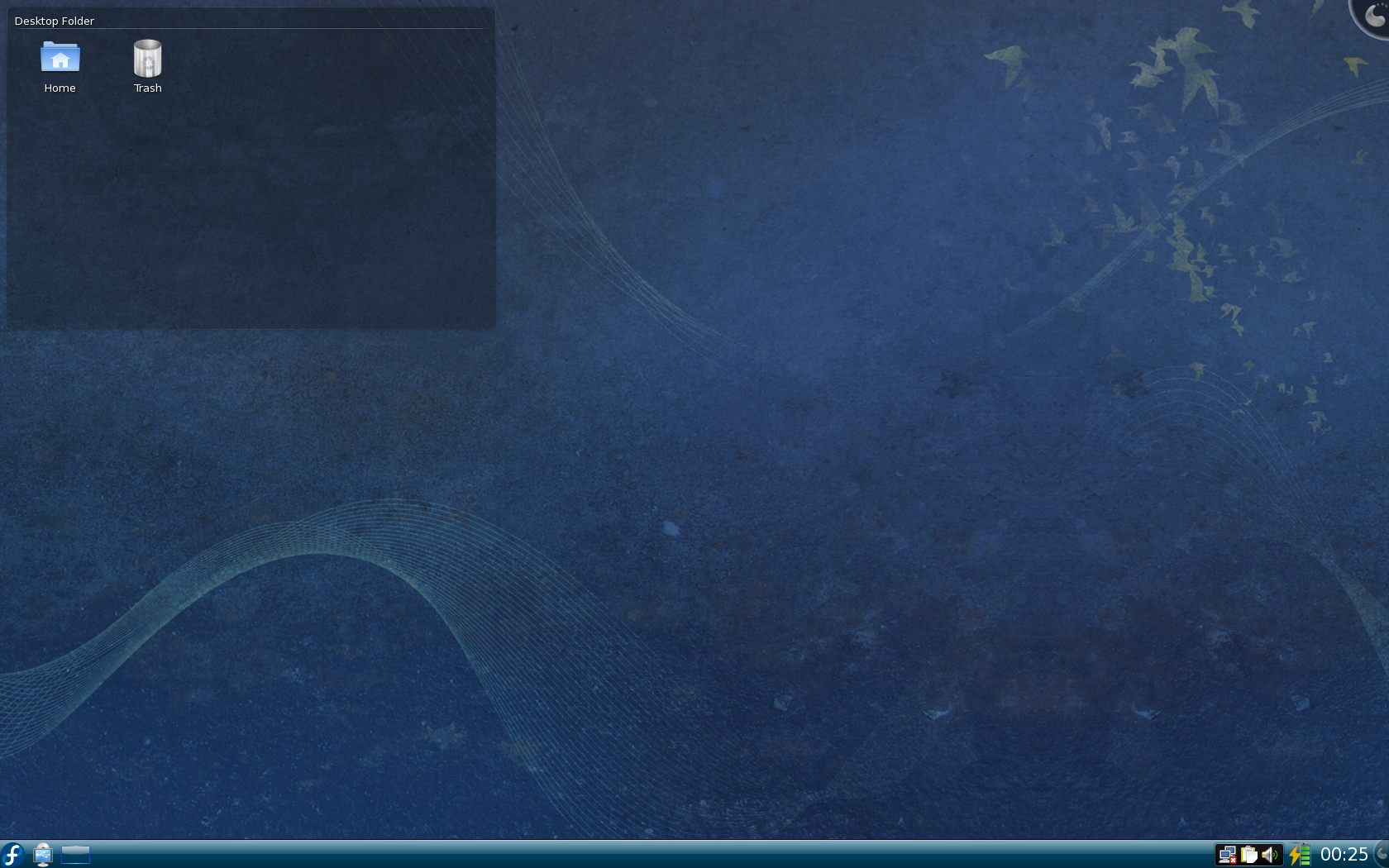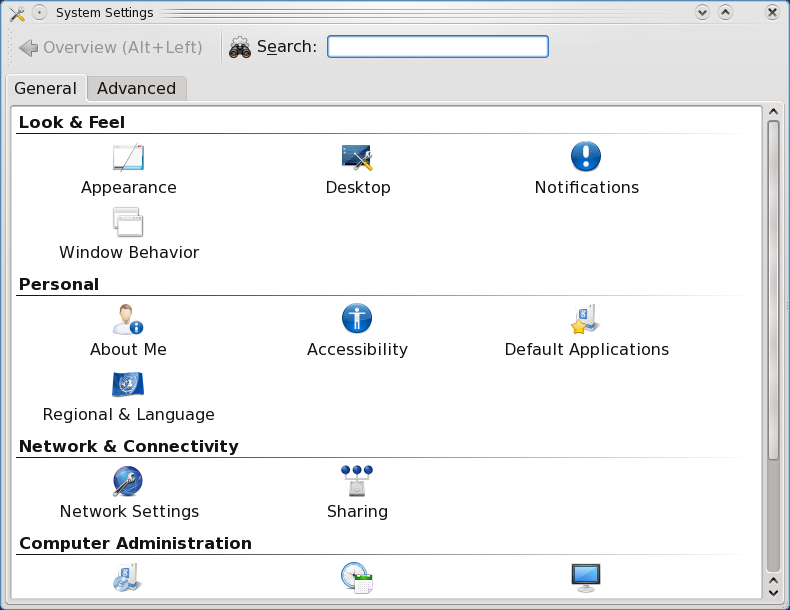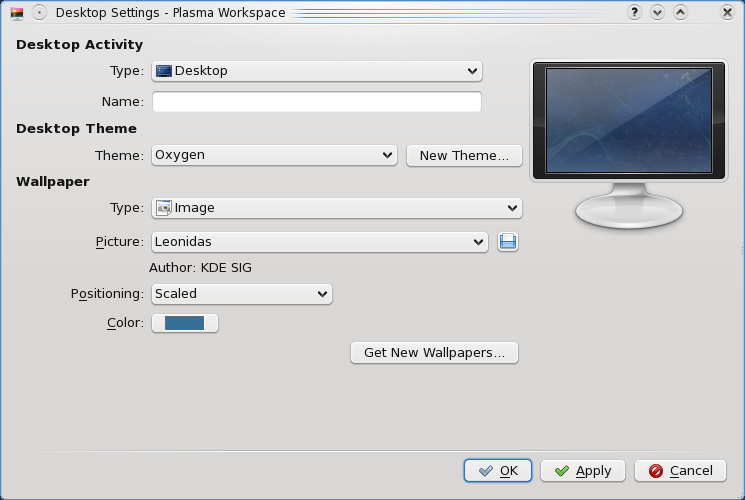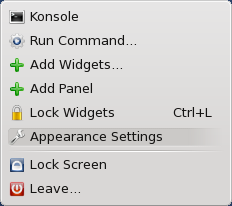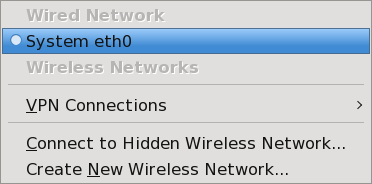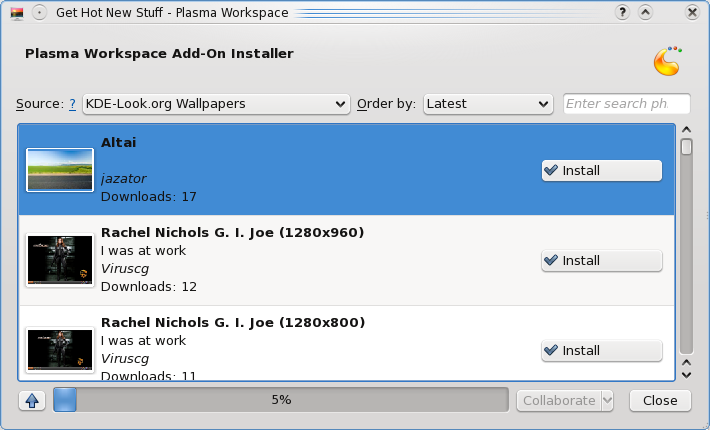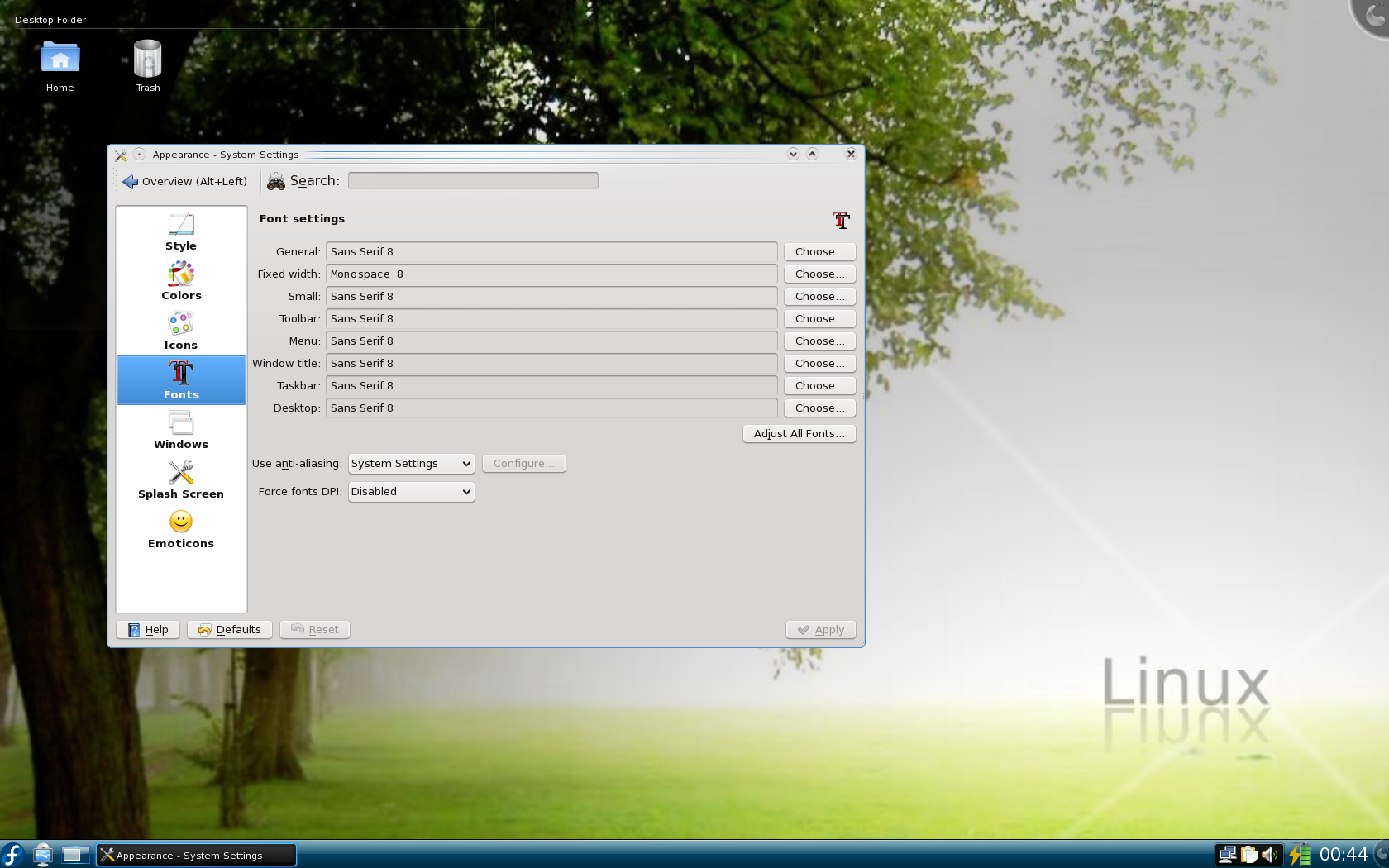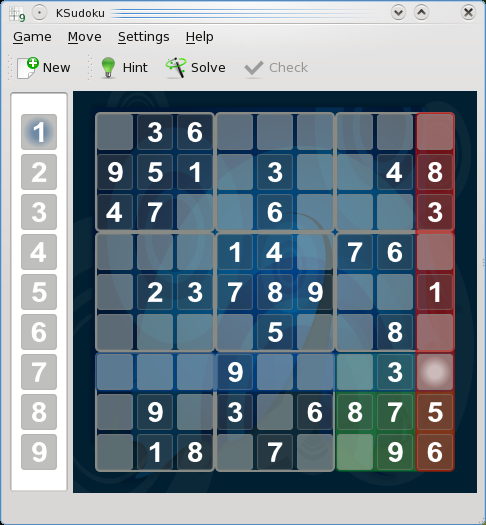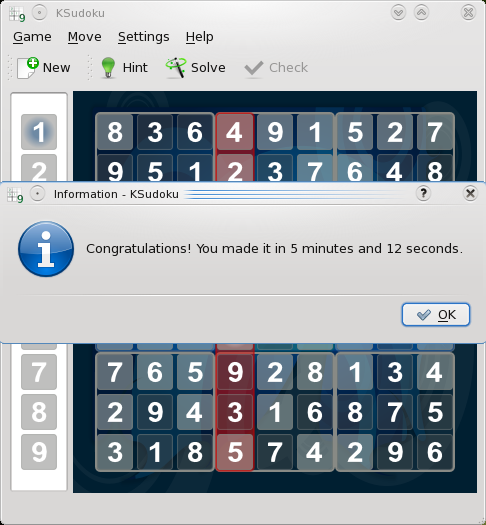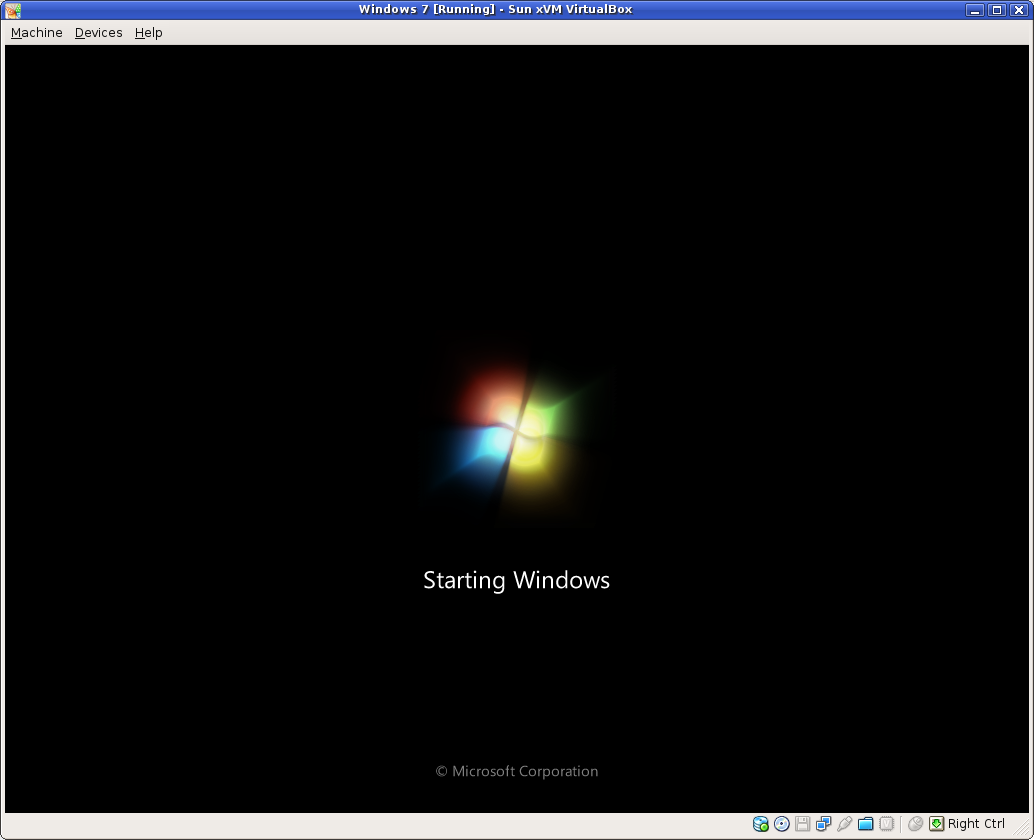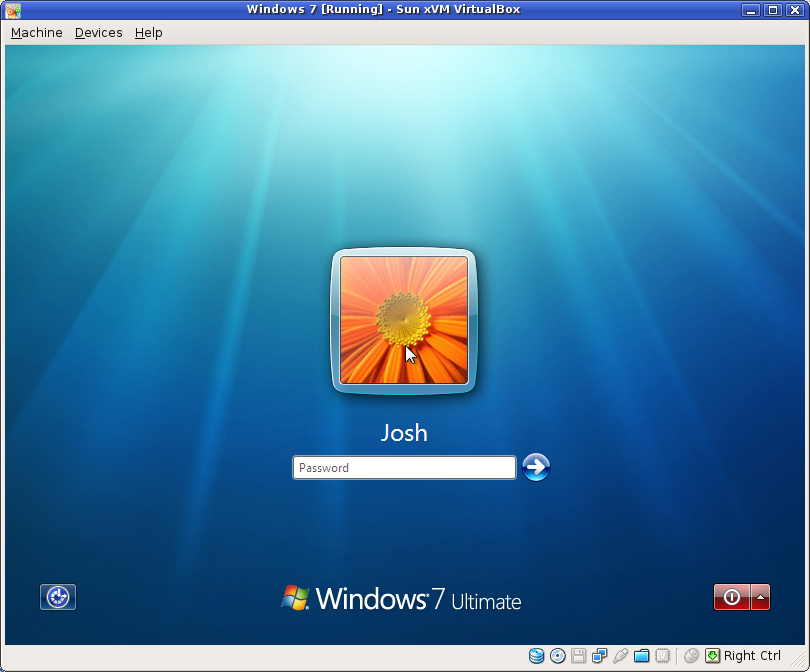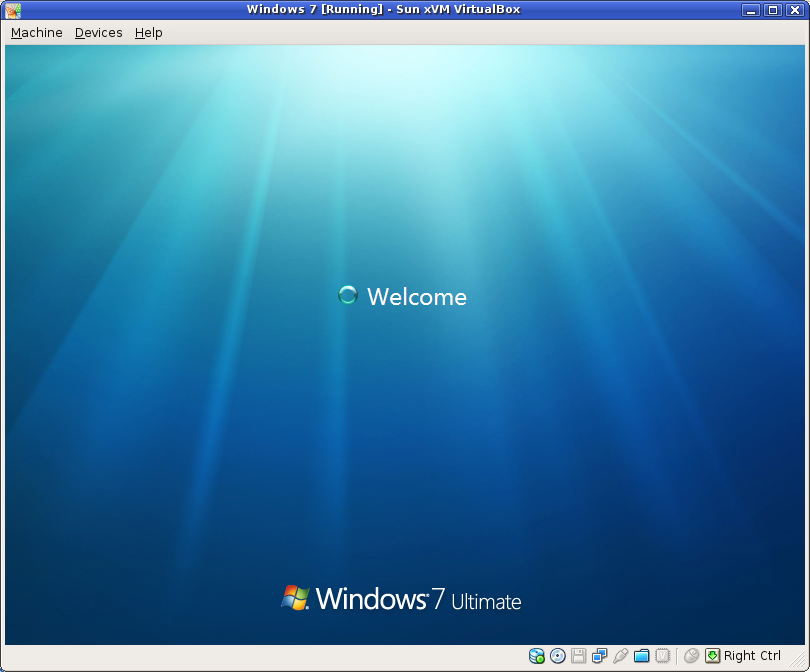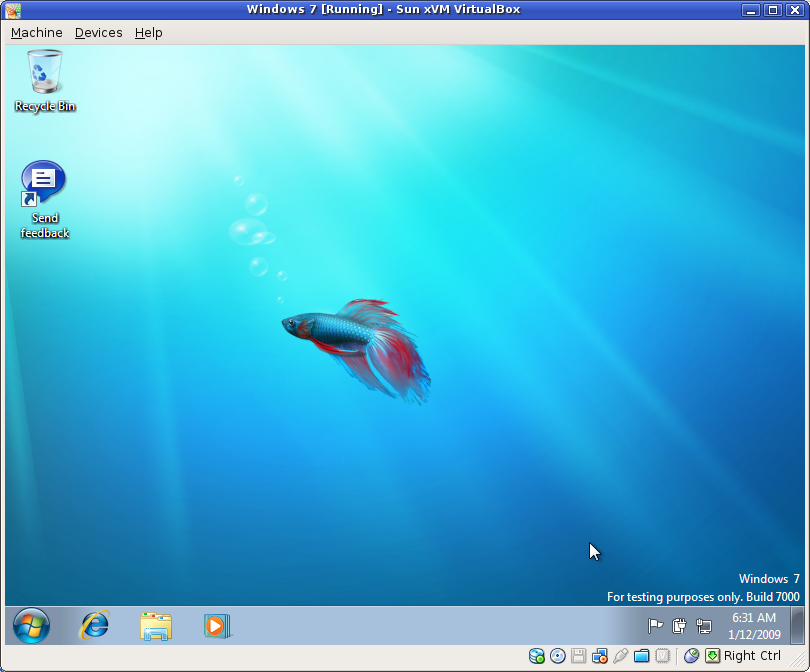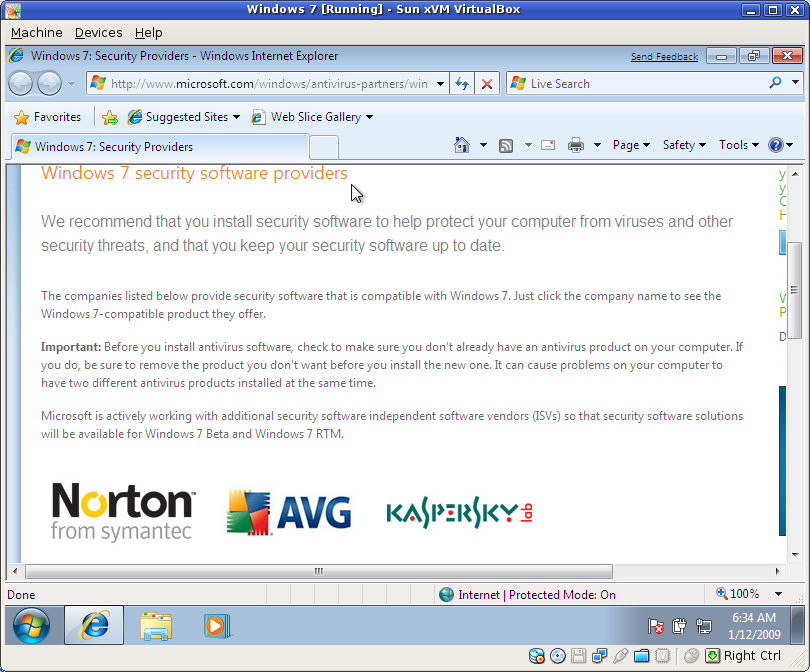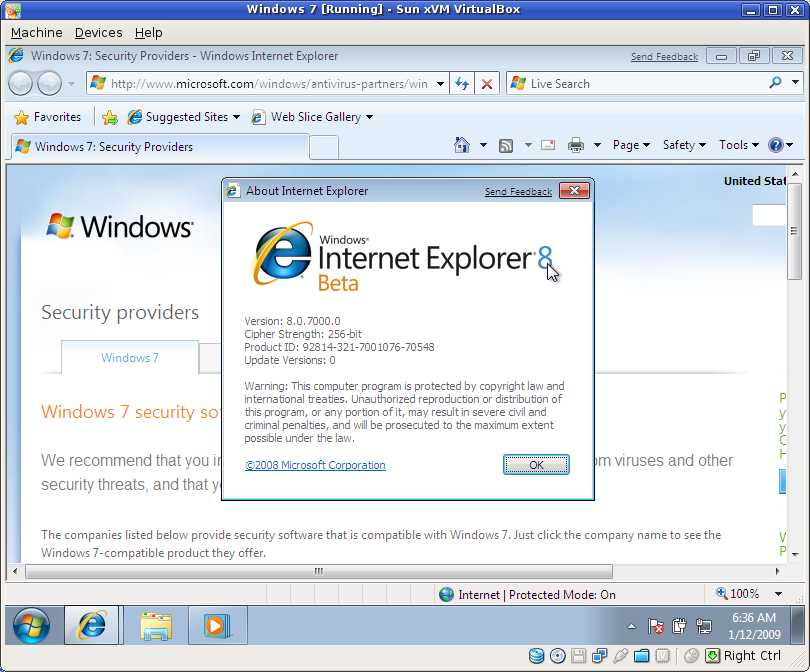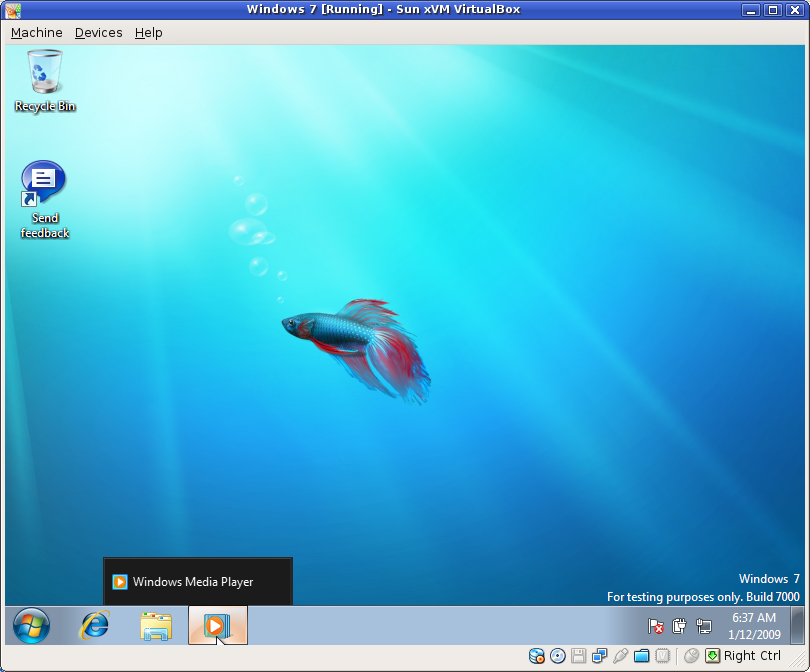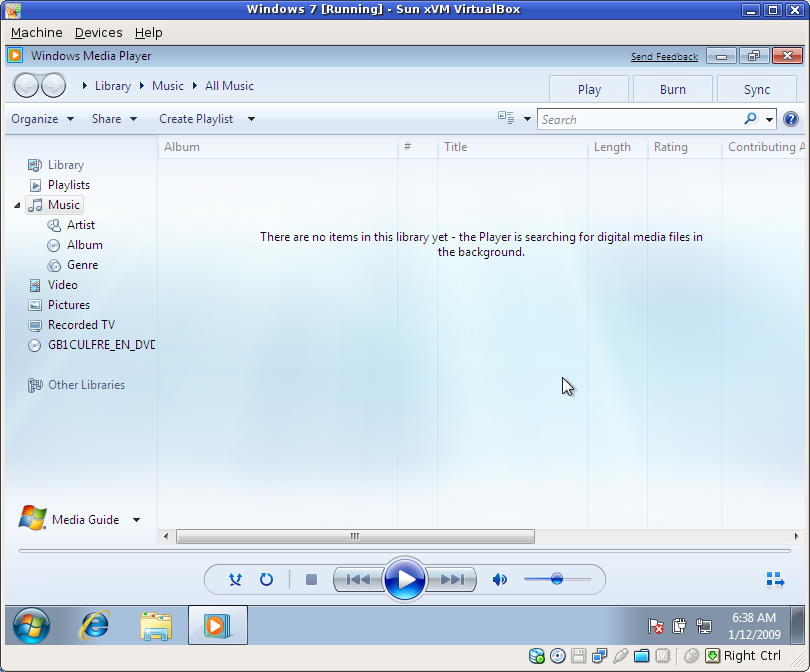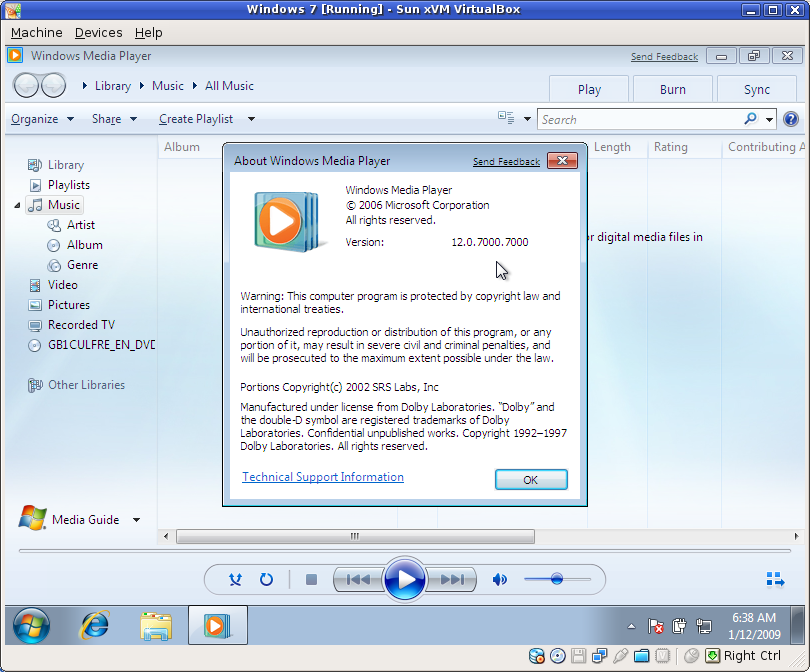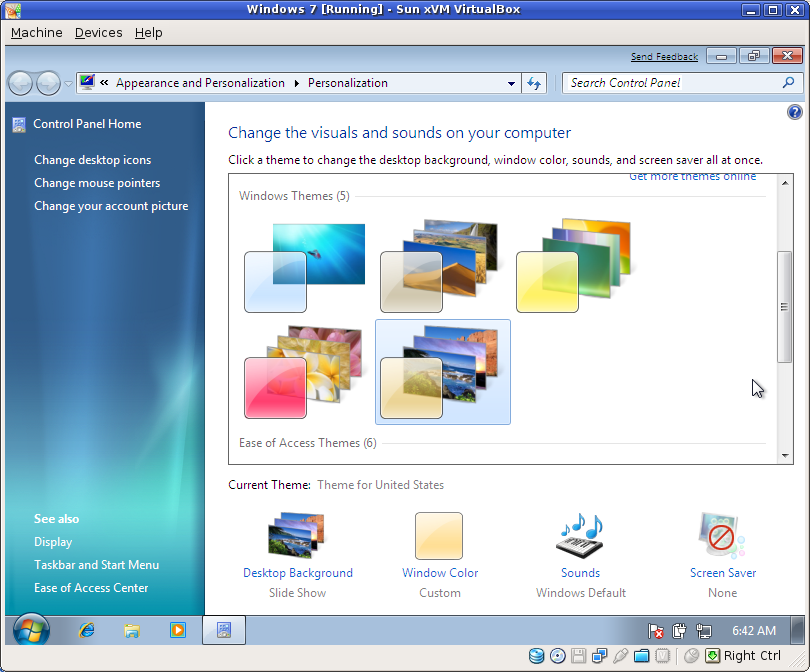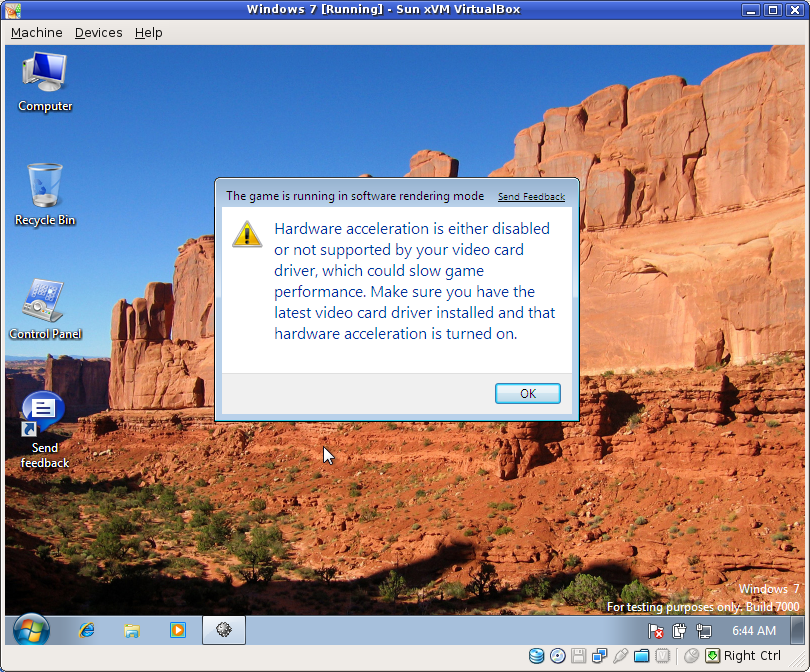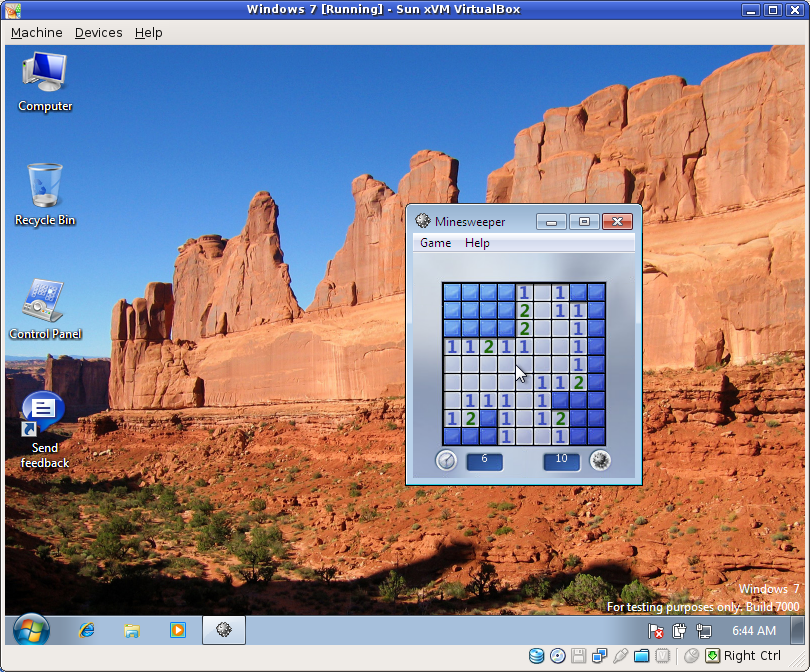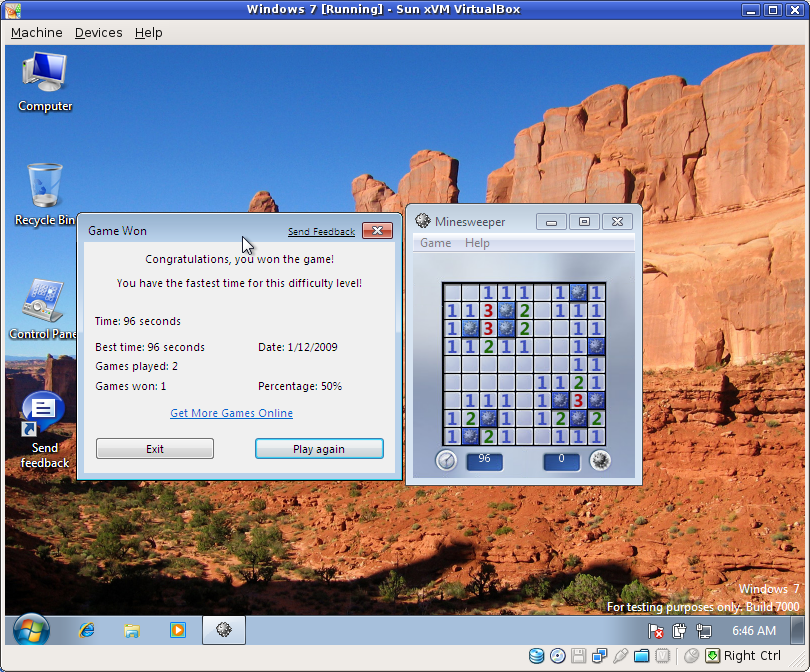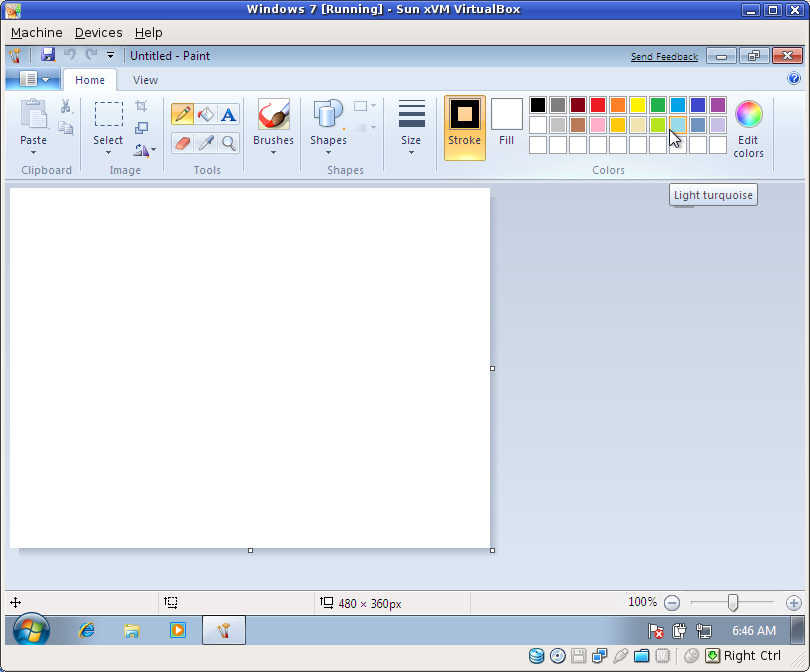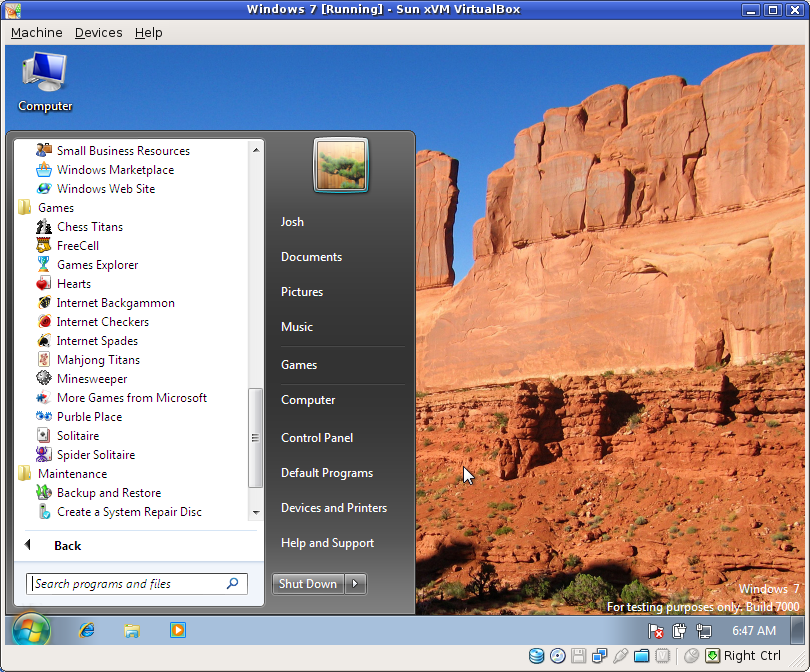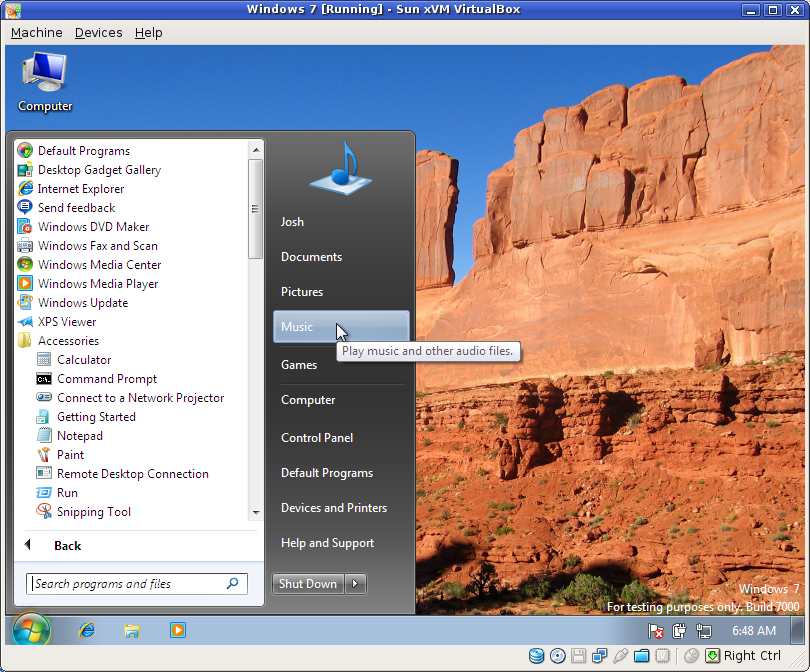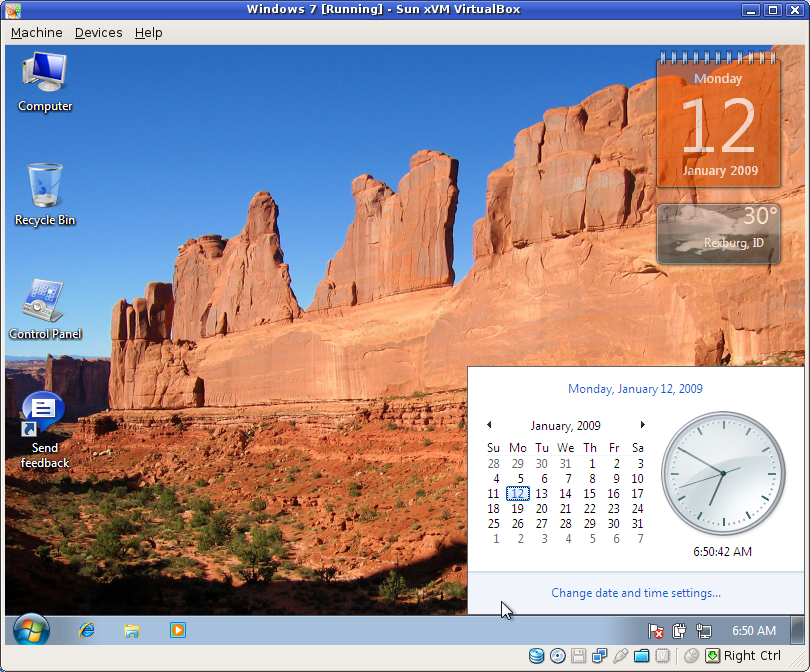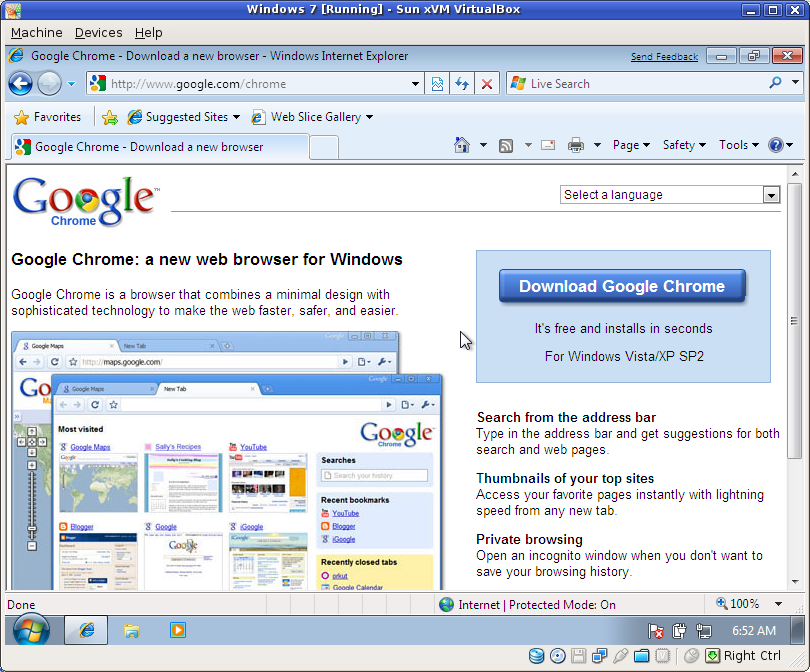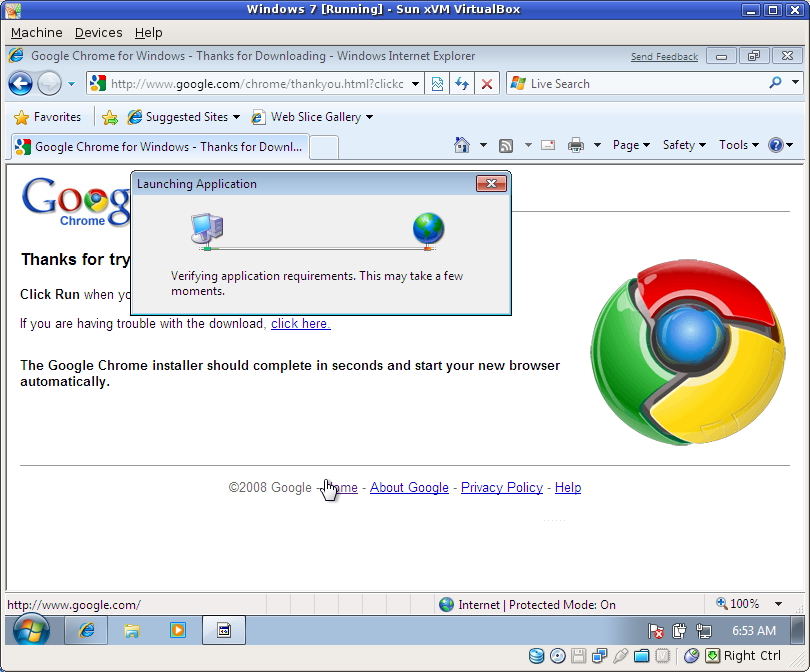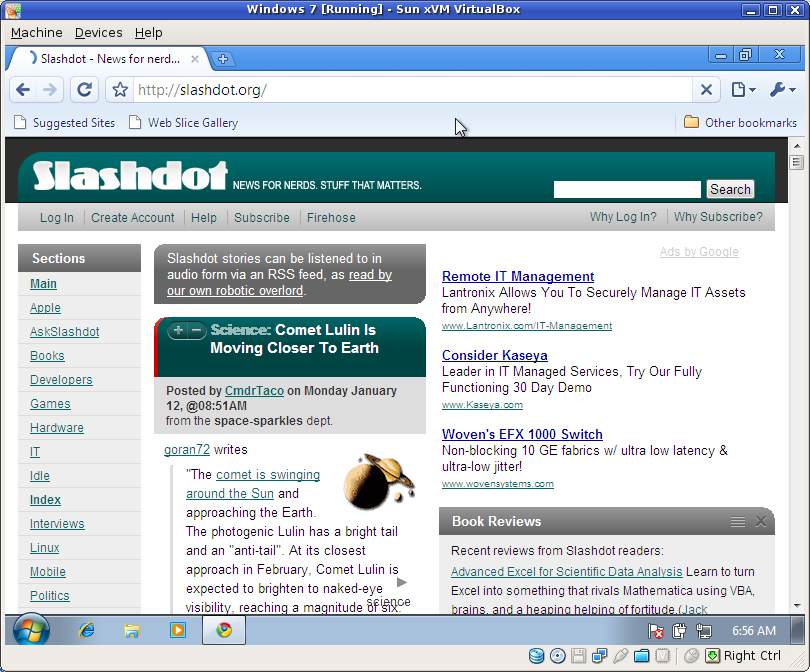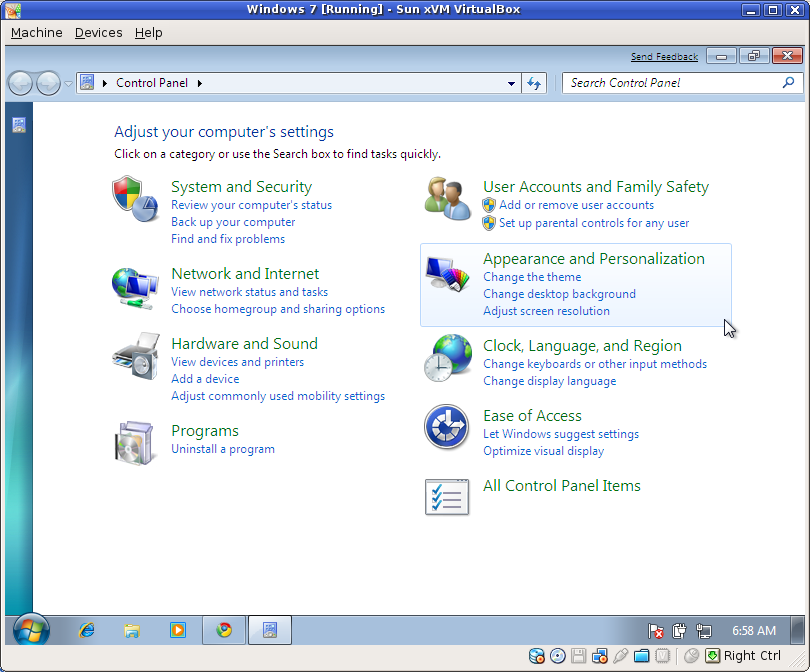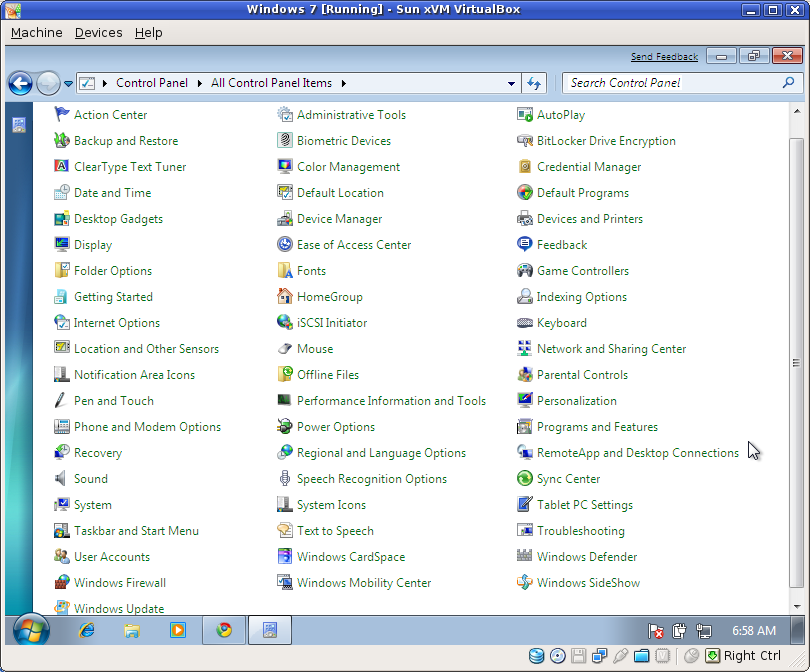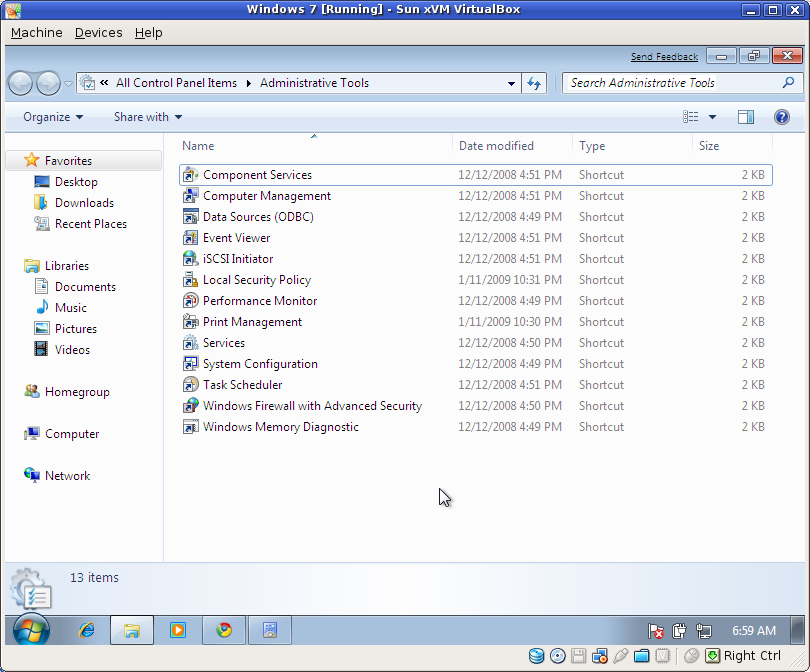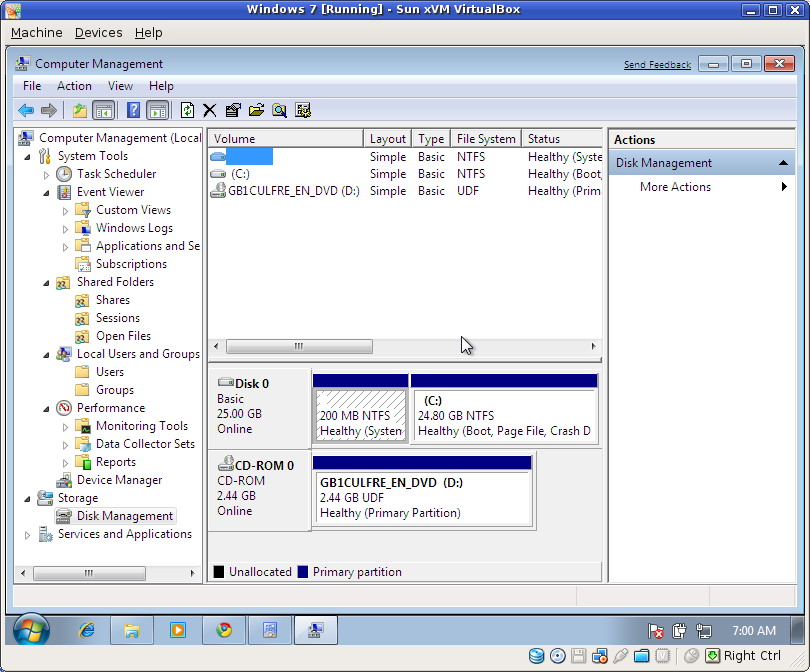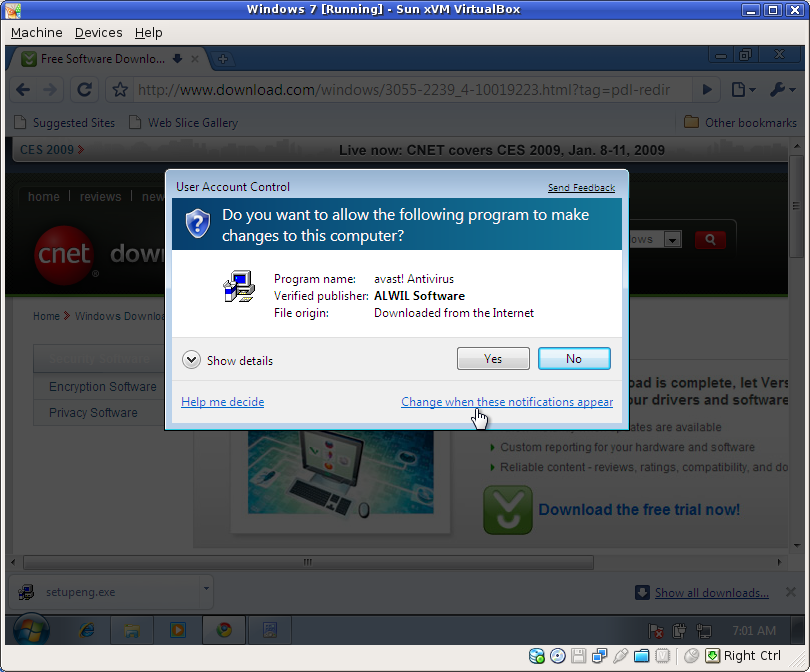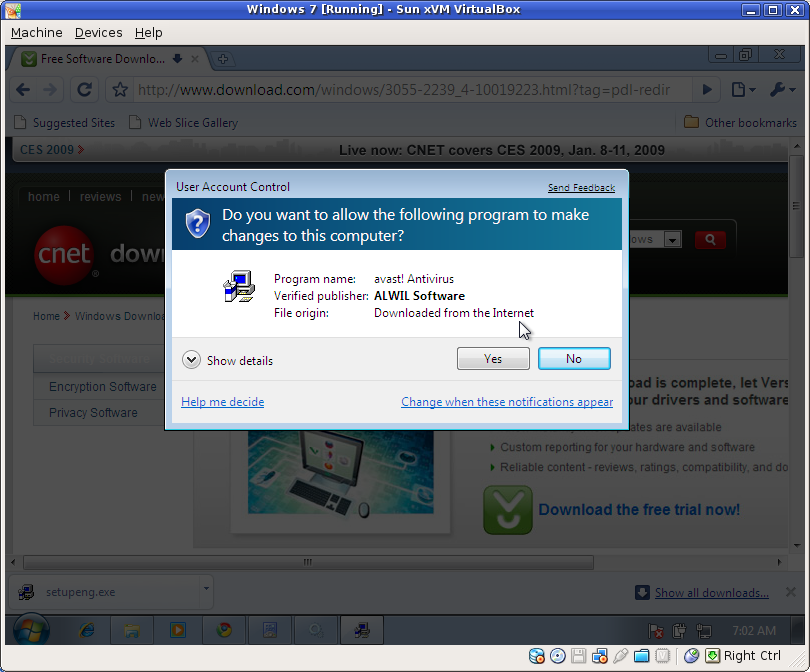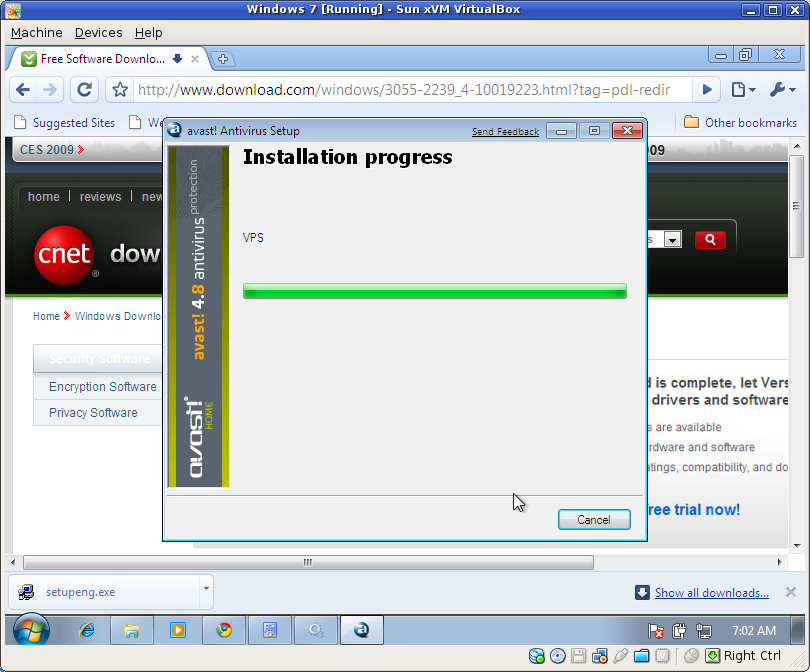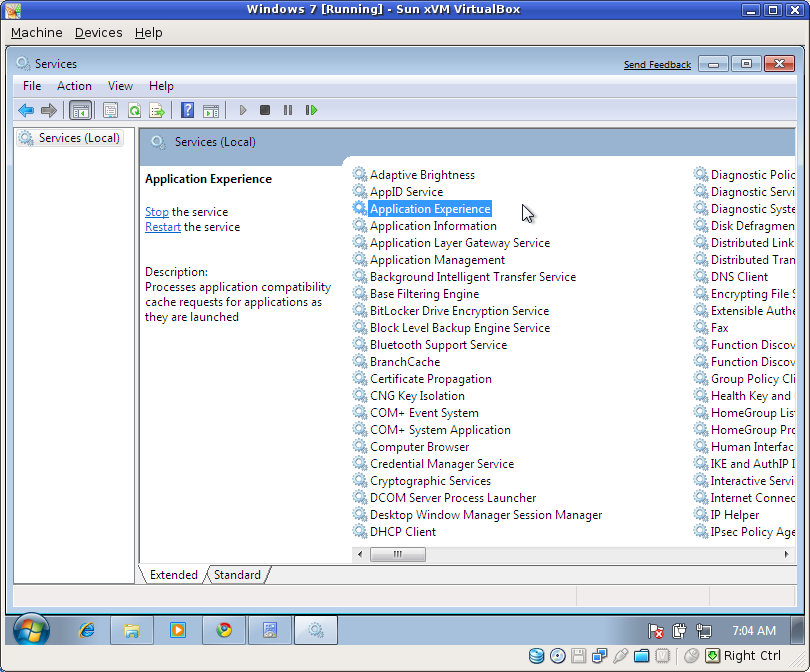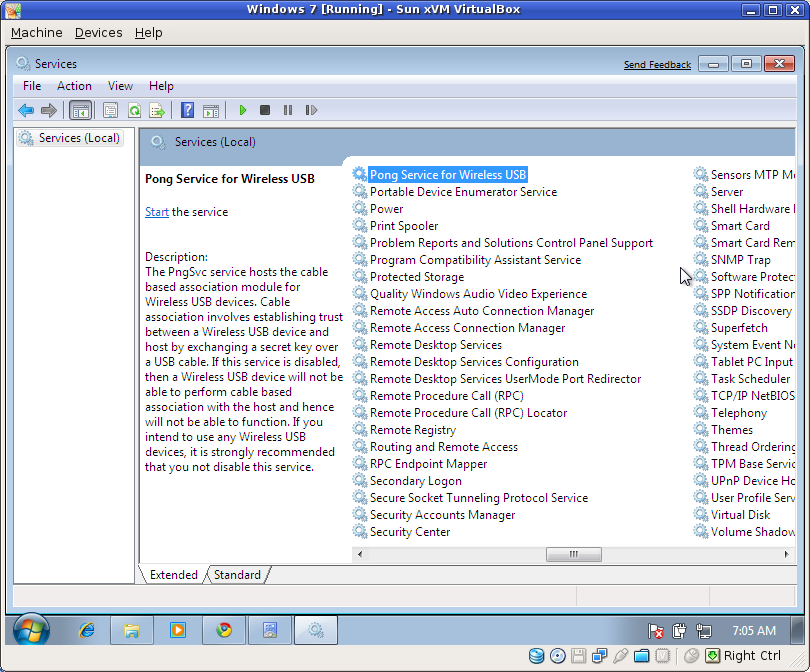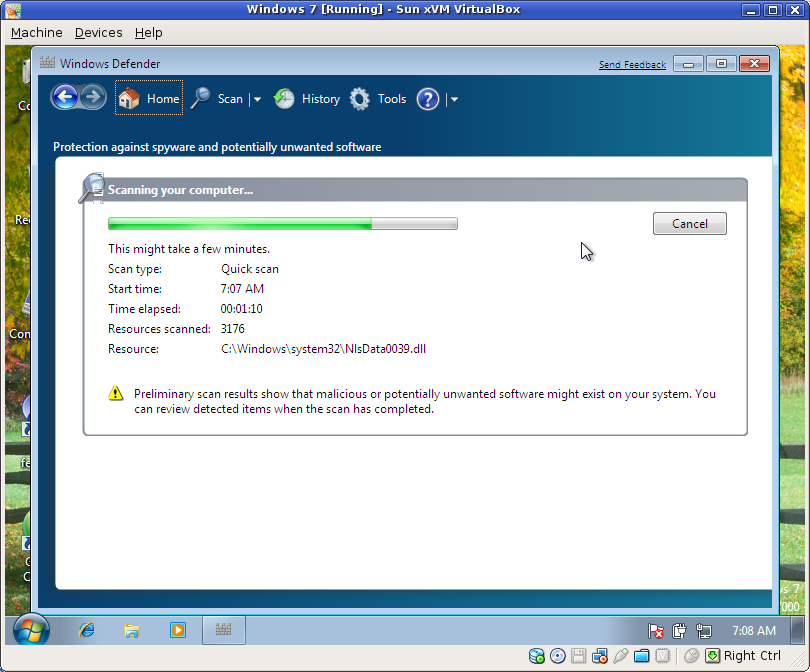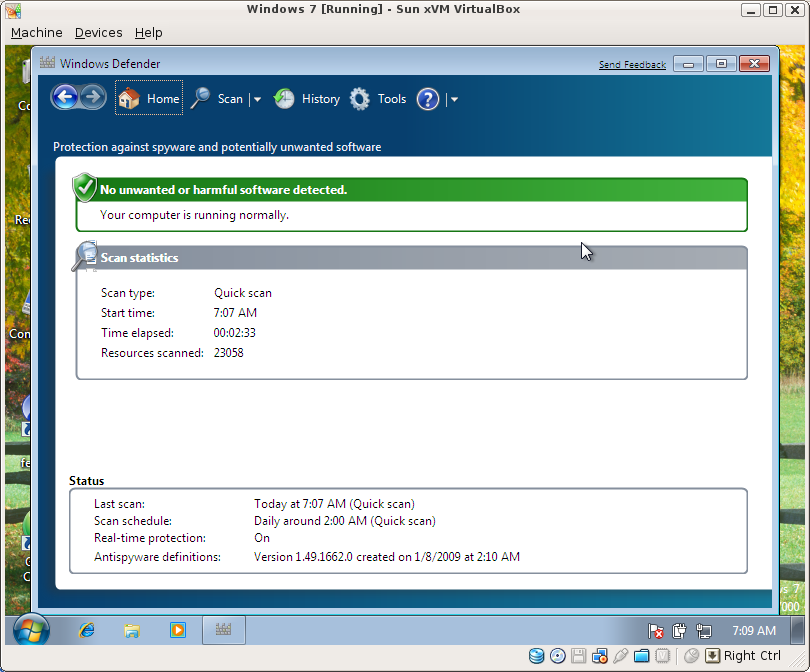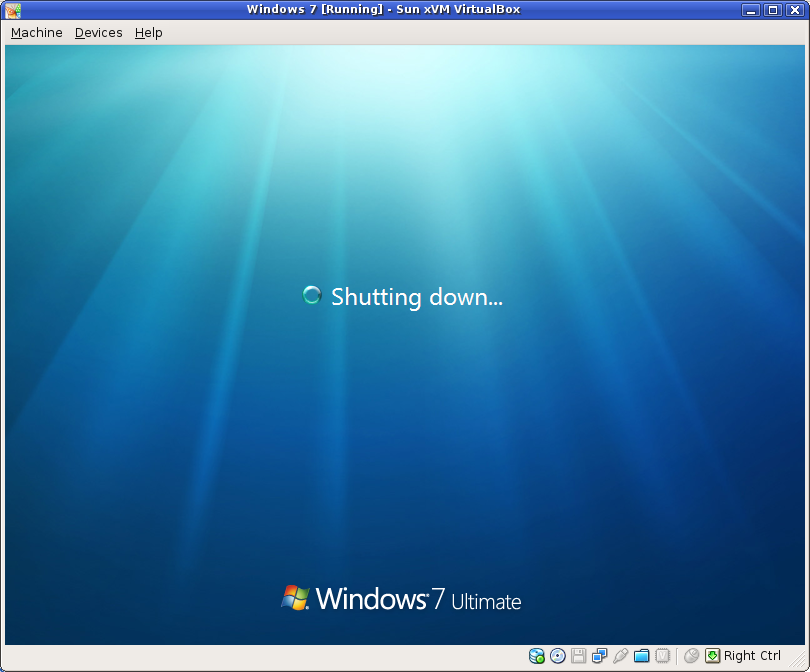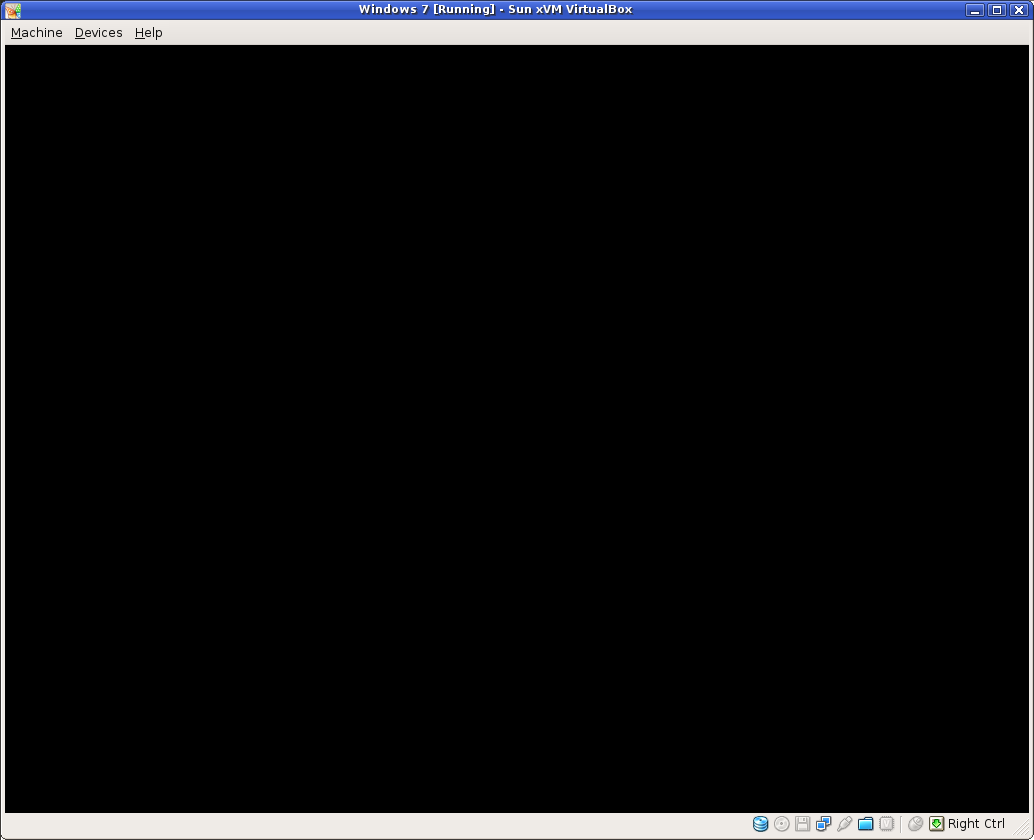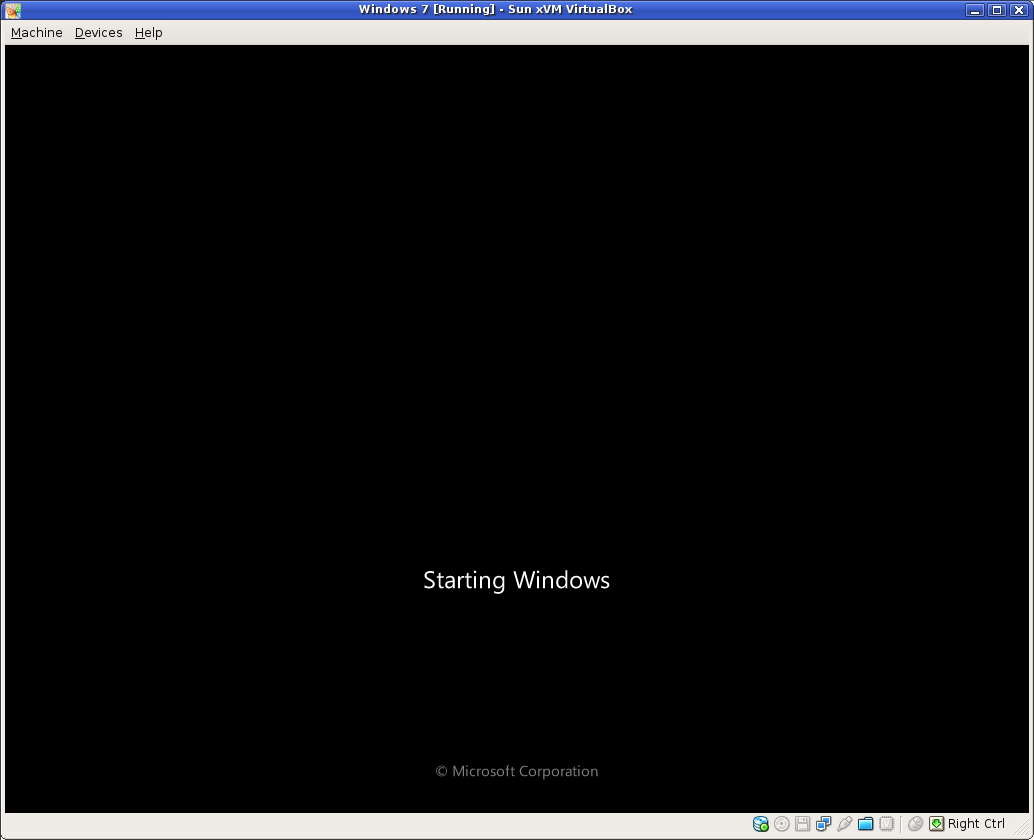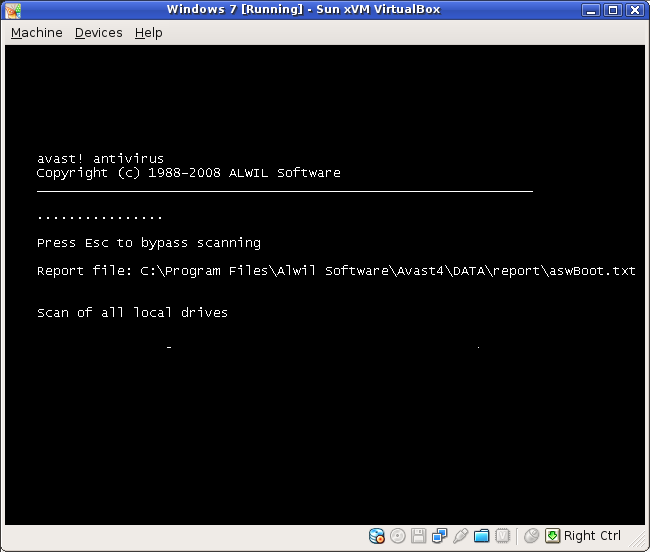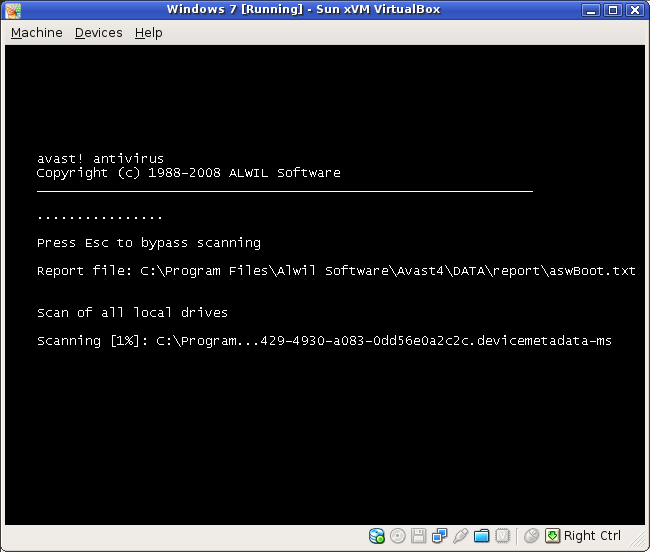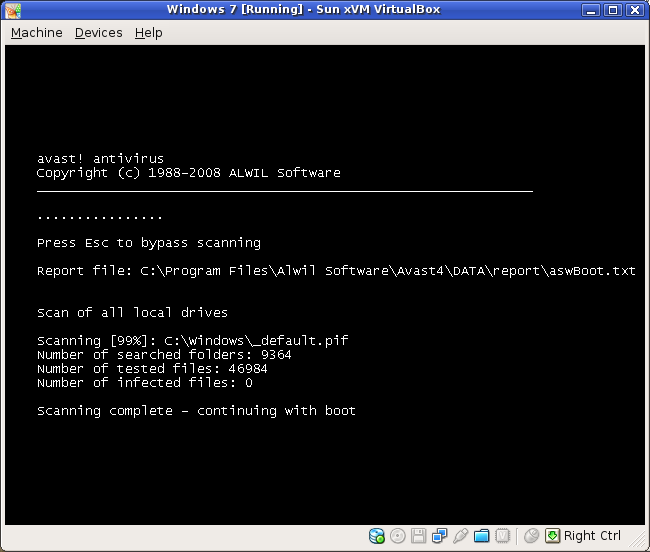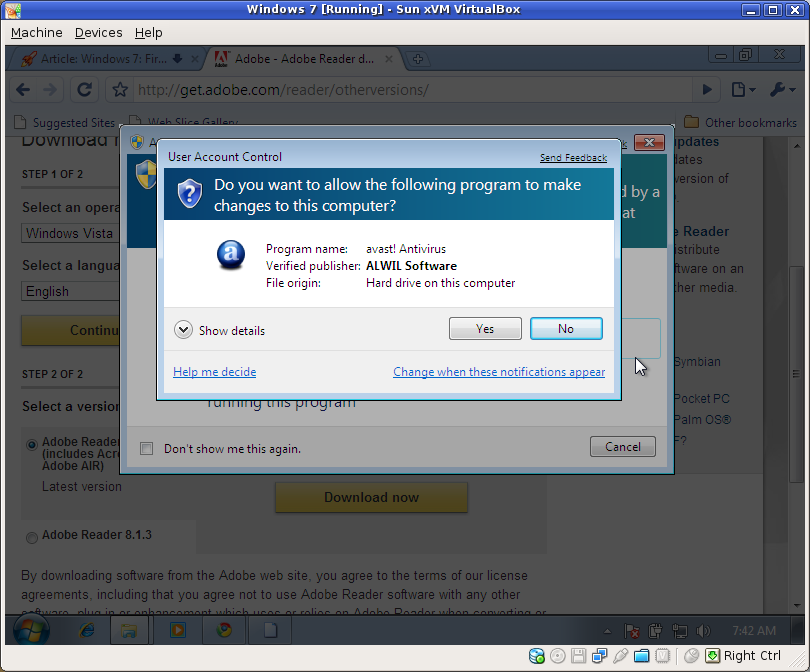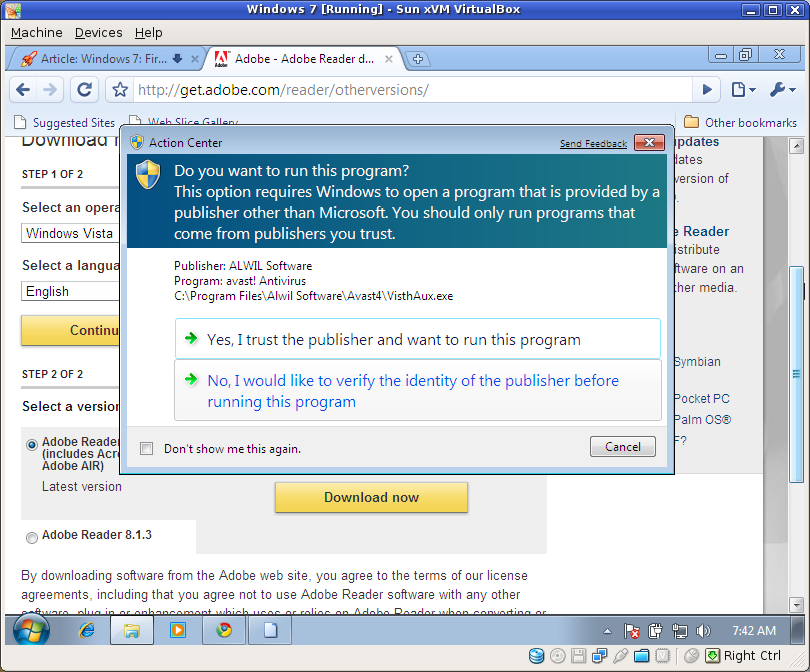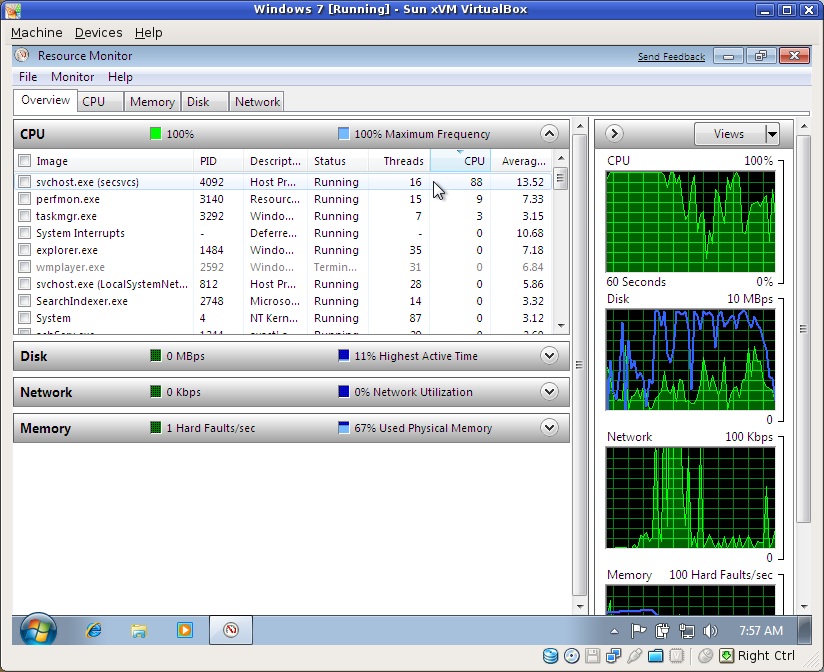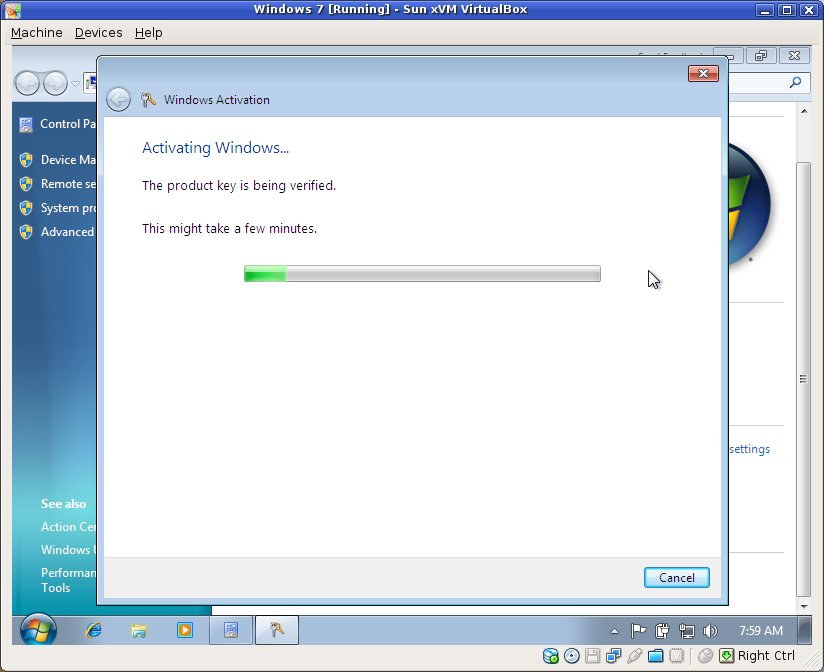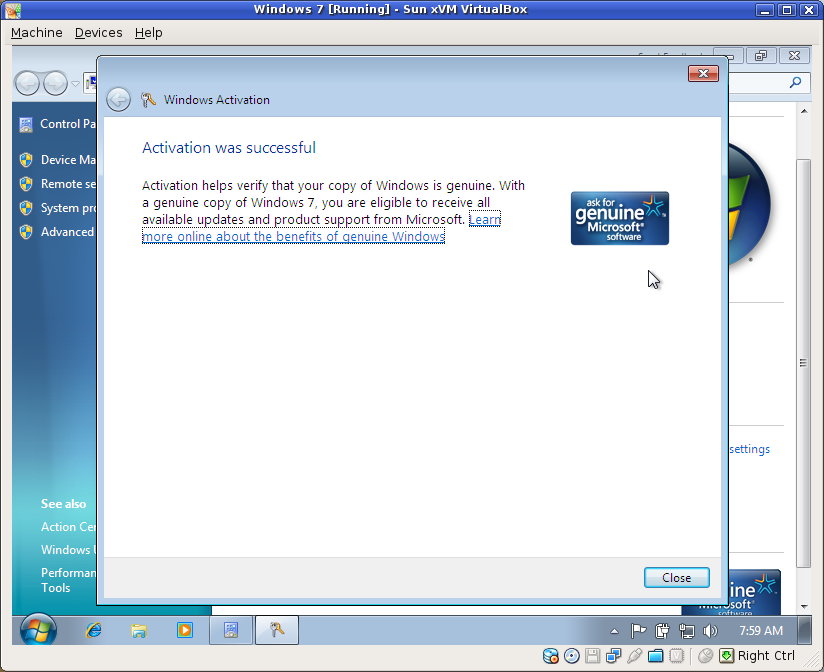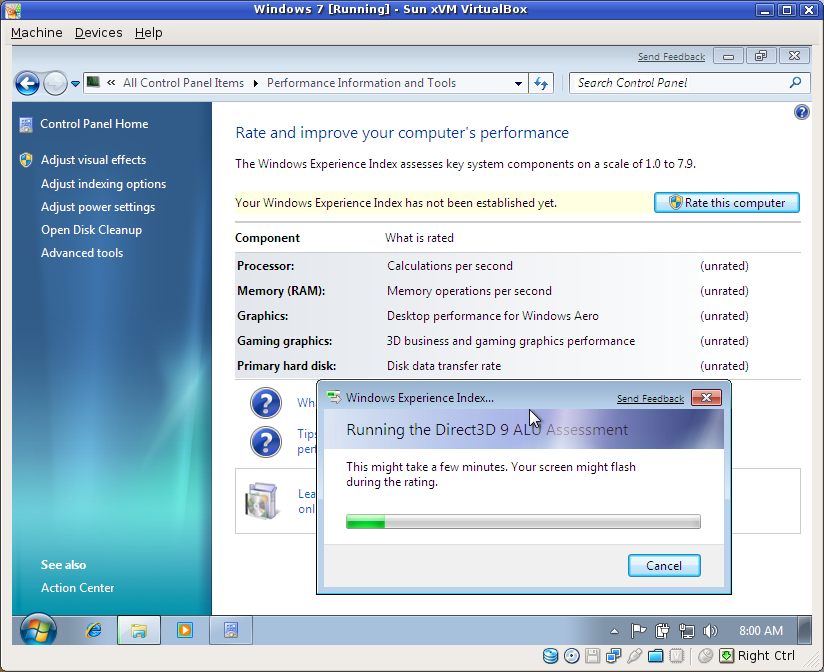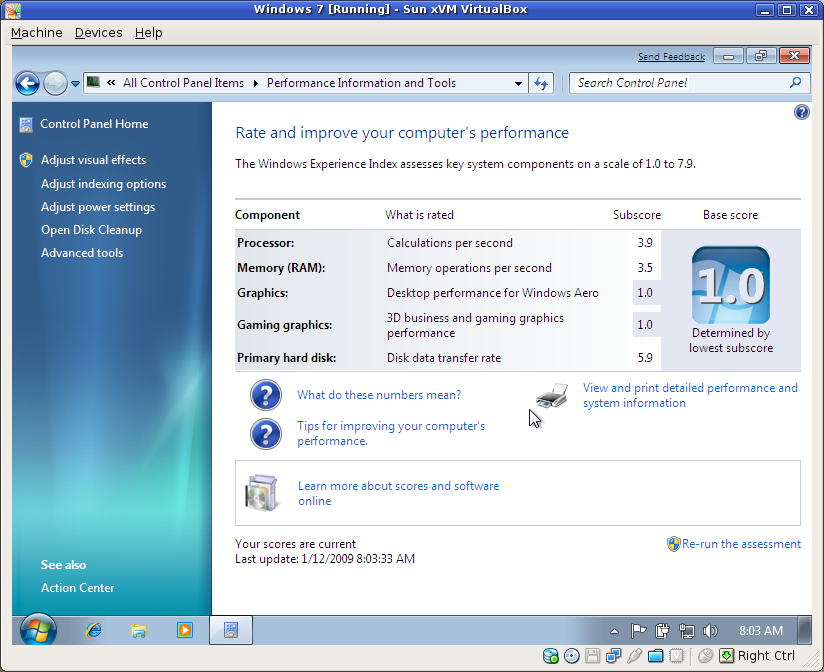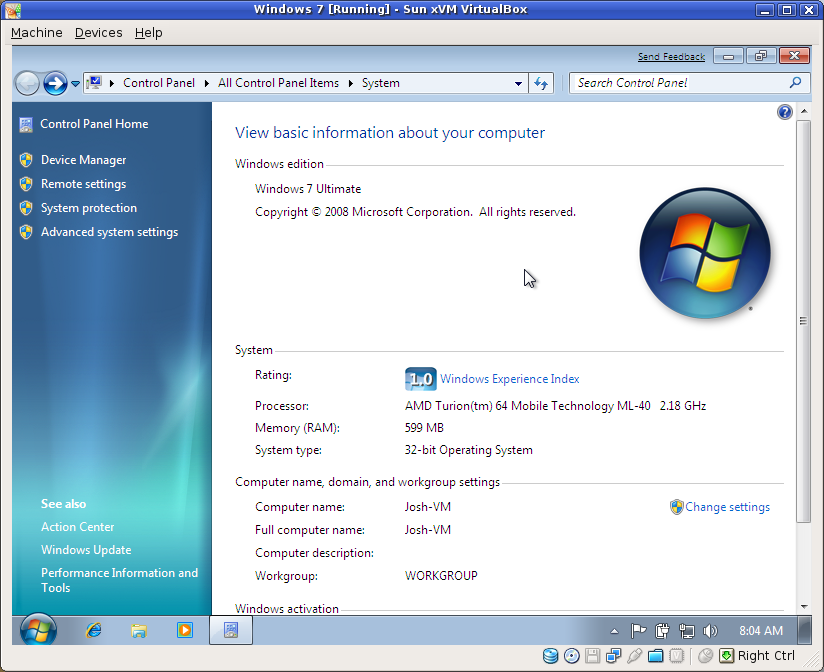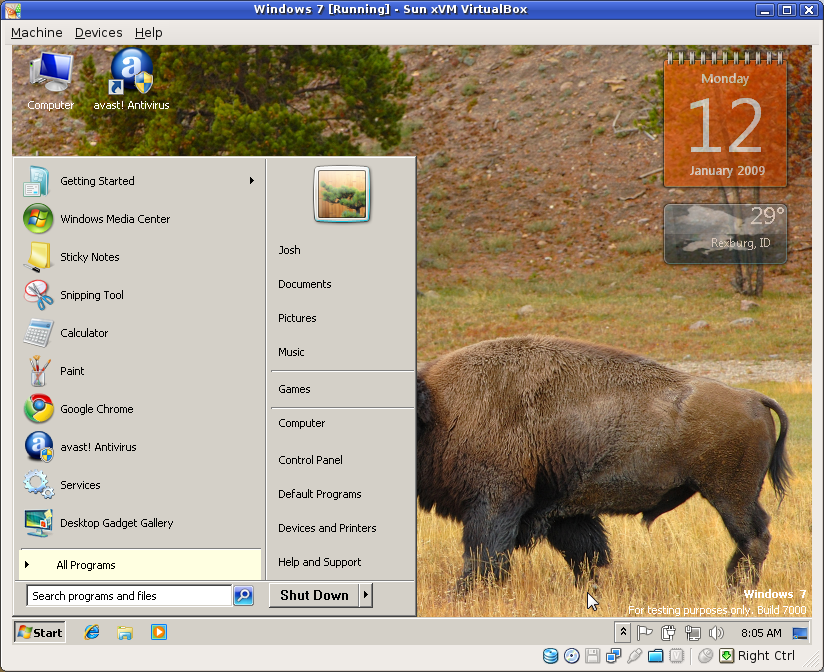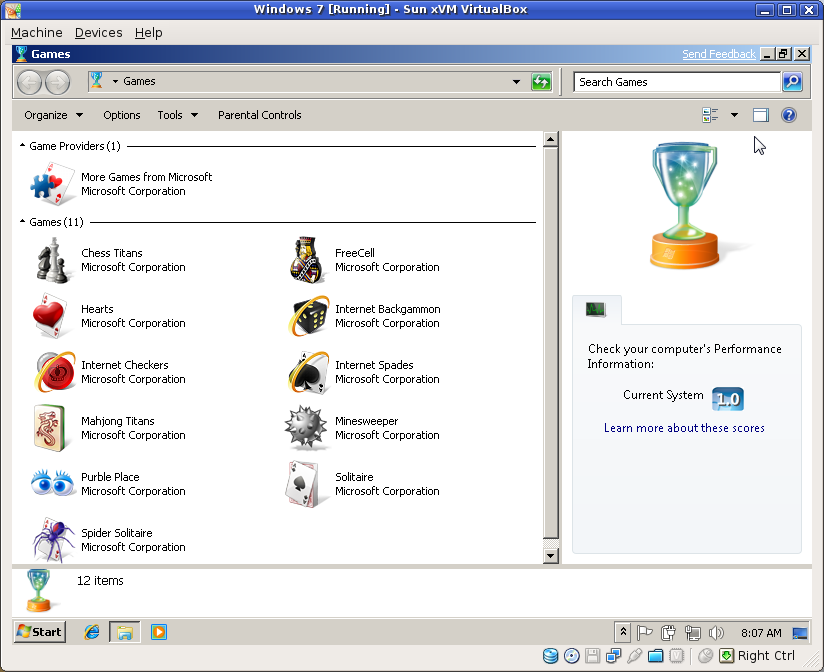I've done a lot of neat things since I started my new job earlier this month.
I'm really excited about the things I've learned and experimented with, and I
would like to share some of the concepts with my visitors.
At work we use a lot of virtual machines in our individual development
environments. Most of these virtual machines use very similar configuration
settings, but the settings are not a standard part of the installation. That
is because we build our virtual machines using the same installation tools that
our customers would use. The configuration I'm talking about is just stuff
specific to our development environment.
Creating and configuring these virtual machines is one of the first things my
mentor showed me how to do my first day on the job. He commented on how
quickly I would probably start learning all of the configuration tasks because
we tend to setup our development VMs several times a month. That was all fine
and dandy, and I did get a pretty good feel for what needed to go into a
development VM that first day.
However, after doing it so many times, I realized how much time I was using
just trying to get the VM set up just right. It wasn't hard to configure--it
was just time-consuming. It wasn't long before I started thinking of ways to
optimize the process.
One of the ideas I came up with, which seems to be serving my purposes
perfectly, is that of using Mercurial to quickly and
easily get the exact same configuration from one box to another. It also has
the added benefit of keeping a history of the changes I make to my
configuration as time goes on.
I won't go into exact detail on how I have things setup at work, but I would
like to try to describe a similar scenario that should illustrate my goal just
as well.
Getting Started
One of the first things I would encourage you to do is follow along. It will
make the concept sink in much faster, and you will probably see other
applications very quickly. Please note, however, that if you're following
along exactly, it could be a very time-consuming process. I will be using 3
virtual machines as I write this, but you could just as easily use 5, 10, or
100,000. Likewise, you could eliminate the virtual machines altogether if
you're in an environment with several physical computers.
One virtual machine will act as the "master" server, or the one that will be
configured first. The other virtual machines will act as "slave" servers,
which will simply receive configuration updates that happen on the master
server. We will also modify this behavior to be a bit more interesting toward
the end of the article.
Virtual Machines Galore!
First off, I will create some basic virtual machines using the net install
version of Debian 5.0.3. I really only need to create 1 VM and then clone it a
couple of times. I am willing to furnish my virtual machines to those who are
interested in using them. I will install some additional software in the VM to
make sure the demo works smoothly. Among the packages that I will install are:
- Python
- Mercurial
- OpenSSH server
Initialize a Repository
Once I have all of that set up in my virtual machines, I will initialize a
Mercurial repository on the master server to maintain the configuration files
that I am interested in. Let's just use the /etc directory for the time
being. There's a pretty good chance that most of our system-wide configuration
will all be contained somewhere beneath /etc.
cd /etc
hg init
Now let's have a gander at the files that we can have Mercurial manage for us:
hg st
Wow! That is quite a set of files, isn't it? Thankfully, they should mostly
be plain text files. Mercurial is very efficient at managing text files.
Let's now add all of the files in /etc to our repository, so they can be
tracked and easily pushed out to other systems.
hg add
That command will happily add everything that hg st printed. Obviously, we
can get a little more picky about what we do and do not add to our repository,
but that's not the goal of this article. Now, this step merely tells Mercurial
that it needs to pay attention to changes in these files. The files have not
yet been committed to the repo. Let's do that, so we have a backup of our
configuration files in their pristine state:
hg ci -m "Initial import"
The -m "Initial import" is just a comment, to describe what happened to
warrant a commit to the repository. It is for your use and the use of anyone
who has access to your repo.
Clone The Configuration
Now let's try to push the configuration we just committed on the master server
to one of the slave servers. Since my virtual machines are all essentially in
the same state, there should be no conflicts, right? Try running the following
command on the master server:
hg push ssh://root@slave1//etc
root@slave1's password:
remote: abort: There is no Mercurial repository here (.hg not found)!
abort: no suitable response from remote hg!
Blast! We can't simply push the configuration files out to another computer.
For that to work, we'd first have to have the repository itself exist on the
slave server. Let's try this another way. One the slave server, run this
command:
hg clone ssh://root@master//etc /etc
root@master's password:
abort: destination '/etc/' is not empty
Doh! Mercurial won't let us clone the repository from the master server!
That's because Mercurial wants to clone to a new directory, with nothing
already in it. One way to get around this hairball of a show-stopper is to
just copy the repo using conventional UNIX utilities. Execute this command on
one of your slave servers:
scp -r root@master:/etc/.hg /etc/
The .hg directory contains all of the repository information, and it's
really all we need to snag in order to clone the repository. This might not be
the most elegant solution in the world, but it will suffice for the time being.
Once the scp command completes, we should have a full copy of the
configuration file repository. Run this command to verify:
hg st
If your setup is anything like mine, you'll probably have a few files that are
listed as being modified. Chances are that these files will vary from host to
host anyway, and they are probably not worth keeping in a version control
system. That would just be begging for conflicts.
I wrote an extension for Mercurial that should make this part of my tutorial a
little less hacky. On your other slave server, run the following commands:
hg clone http://bitbucket.org/codekoala/hgext /root/hgext
echo "[extensions]" >> /root/.hgrc
echo "neclone = /root/hgext/neclone.py" >> /root/.hgrc
This extension gives you a new Mercurial command called neclone (N. E.
Clone, or "not empty clone"). As we saw earlier, Mercurial doesn't let us
clone a repository into a directory that is not empty. This extension allows
us to do that. It works almost identically to the regular clone command...
takes the same options and everything.
Still on your second slave server, run these additional commands:
hg neclone ssh://root@master//etc /etc
cd /etc
hg up -C
The last step is optional, and soon to be included as part of the extension.
It will update your working copy to the latest revision in the repository.
Beware that it overwrites any uncommitted changes you may have made to
files that are tracked by Mercurial.
So now both slave servers should have a clone of the configuration repository
from the master server.
Being Picky
Let's start to be a little picky about the files we are tracking in our
repository. Some of the files appears as being modified on my slave server
after copying the .hg directory from the master server are:
- adjtime
- alternatives/pager
- alternatives/pager.1.gz
- mailcap
- network/run/ifstate
- udev/rules.d/70-persistent-net.rules
I think it's safe to remove these from the repository, to avoid conflicts with
other systems. To tell Mercurial to stop tracking files it is tracking,
without actually deleting the file from the filesystem, you can use the
following command:
hg forget adjtime
hg forget mailcap
And so on. Go ahead and do that for each of the files that appeared to be
modified on your slave server immediately after copying the .hg directory.
I'm going to add /etc/hostname to the list of files to forget too.
After doing that, each of those files should appear as being marked for removal
when you run hg st. Don't worry, this is normal. The files will not
be deleted from the filesystem, but they will be deleted from the repository.
Go ahead and commit those changes to the repository on your slave server.
hg ci -Am "Removed some files from version control"
Now let's push those changes out to the master server:
hg push
abort: repository default-push not found!
Since we copied the .hg directory directly using scp, our slave won't
know where the changes need to go when we run the push command with no
explicit destination repository. To fix that, let's create a file in
/etc/.hg/ called hgrc on the slave server. In that file, put the
following text:
[paths]
default = ssh://root@master//etc
The hg push command should now push directly to the master server. Yay!
The problem we face now is that every other slave server in the group is out of
date. How can we fix that? We'll use Mercurial hooks.
Automating Config Replication
Mercurial offers some very useful hooks that we can use
to automatically push configuration changes out to each of our slave servers.
We will use the commit and changegroup hooks to do the magic. Let's
create a script that will live on the master server to take care of pushing our
changes out to each slave server. Create a new file in /etc/ on the master
server called propagate.sh:
#!/bin/bash
hg up
for node in 'slave1' 'slave2'
do
ssh root@$node "cd /etc; hg pull -u"
done
Let's also make sure this script is executable:
chmod +x /etc/propagate.sh
This script assumes that your /etc/hosts file or your nameserver are
configured appropriately to allow slave1 and slave2 to be resolved to
IP addresses. The reason we're SSH'ing into each slave server and using hg
pull instead of simply using hg push ssh://root@$node//etc is because you
can't force an update on a remote server using push. You can, however,
request an update when you're using pull.
Obviously, this script is not the most sophisticated of scripts. It might work
well for my demonstration, with only a few servers, but once you get beyond
that it would be a nightmare to maintain the list of servers the script has to
connect to. You can use whatever means you'd like to keep track of the servers
you want to replicate your configuration to. I don't want to bother with all
of the crap I'd get for suggesting one thing over another, so it's now your
call.
Now it's time to configure the Mercurial hook to execute that script when the
master server sees a changeset get into its repository. Open up
/etc/.hg/hgrc on the master server, or create it if it doesn't exist. Make
sure it has at least the following in it:
[hooks]
commit.propagate = /etc/propagate.sh
changegroup.propagate = /etc/propagate.sh
Let's try it out! Run these commands on your master server:
echo "" >> /etc/hosts
hg ci -m "Added a blank line to the hosts file"
root@slave1's password:
remote: Permission denied, please try again.
remote: Permission denied, please try again.
remote: Permission denied (publickey,password).
abort: no suitable response from remote hg!
Connection closed by slave2
warning: commit.propagate hook exited with status 255
Blast! The script failed because it wanted us to type in a password, but it
was not in interactive mode. Let's fix that with a little preshared key magic.
I won't go into the details about how this works, but the following commands on
your master server should get us rolling:
ssh-keygen
cat ~/.ssh/id_rsa.pub >> ~/.ssh/authorized_keys2
scp -r ~/.ssh root@slave1:~
scp -r ~/.ssh root@slave2:~
Warning
Keep in mind this is not secure and should probably not be how your
production machines are configured, especially with the root user.
For simplicity's sake, just accept all of the details and don't set a
passphrase. These commands enable us to SSH into our slave servers without
using a password. If you get an error such as:
remote: Host key verification failed.
abort: no suitable response from remote hg!
...it just means you need to manually log into your master server from the
slave machine that threw that error. When doing so, you will have to answer
"yes" to a question about the authenticity of the host you're logging into.
Testing It Out
It is now time to see if we can make a configuration change on one slave server
and have it show up on the other slave server. Let's update the hosts file a
little bit. Let's add the following line on the second slave server:
10.0.0.5 nonexistanthost
Now let's commit the change and push it off to the master server:
hg ci -m "Added a dumb line to the hosts file"
hg push
My system actually told me that that it had copied the change out to another
host. I know because I saw these lines:
remote: pulling from ssh://root@master//etc
remote: searching for changes
remote: adding changesets
remote: adding manifests
remote: adding file changes
remote: added 1 changesets with 1 changes to 1 files
Now when I look at the first slave server, I should see that new line in my
/etc/hosts file. Also, the log on each server should have the same entry
that I just made about adding "a dumb line to the hosts file."
Seem Like A Lot of Work?
A lot of what we just did probably seemed like more work that it is worth,
right? Well, being a nerd typically comes with a few qualities. One quality
which I have observed many a time in my most geeky of friends is that they will
spend hours and hours up front on a program or script just so they can save 2
minutes in the future. They work hard to be lazy.
There is a lot of boilerplate configuration that takes place in this particular
scenario. I realize that. What I haven't shared with you, though, is how I
automated the boilerplate configuration as well as the propagation of
configuration. I'm tired of putting this article off, so I will have to leave
those details for another article. Sorry!
Why?! There's a Better Way (tm)
There is always a better way. Always. Go ahead and use whatever you feel
is the most efficient method for keeping configuration files in sync across
several computers. This is just one more option to add to your toolkit. Don't
worry, I won't be offended if you don't like it or don't use it. It works
perfect for me and it's free, and I just wanted to share!
